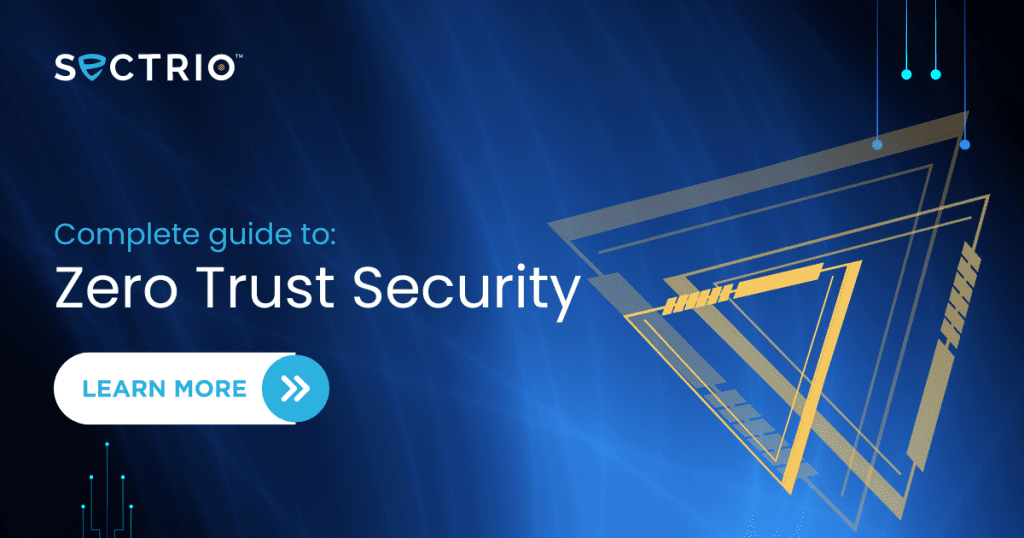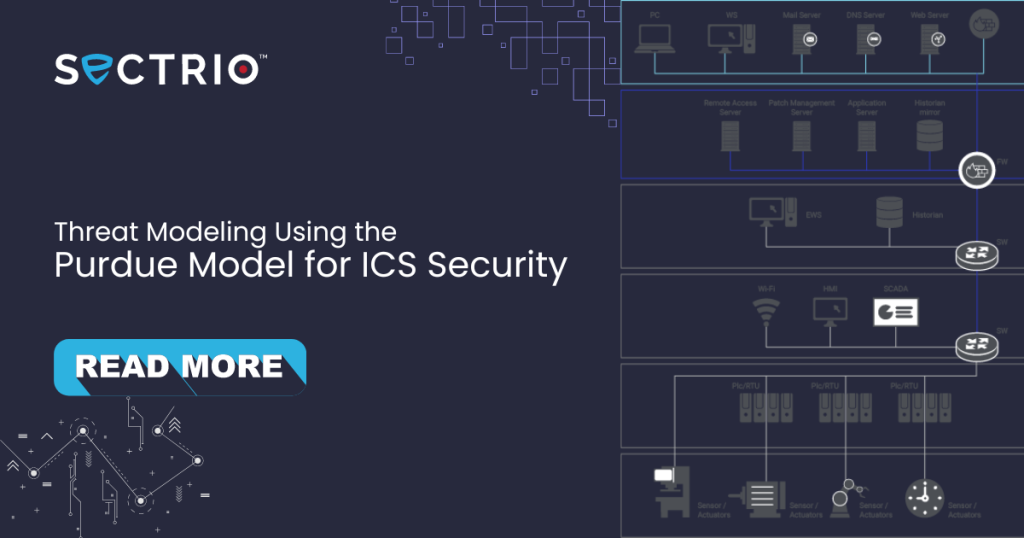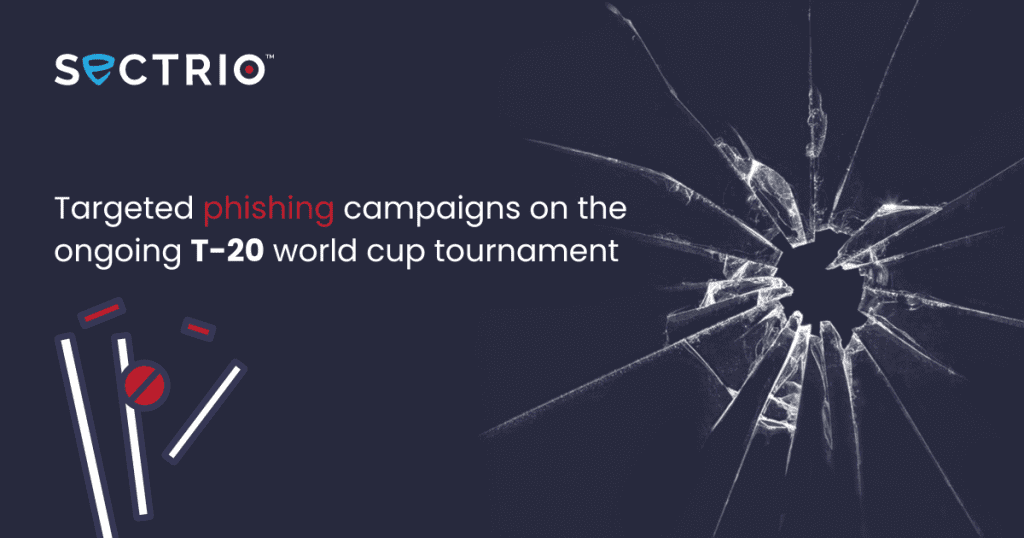Complete Guide to Zero Trust Security
Zero Trust Security – Always Verify and Authenticate Zero Trust Security architecture functions on the premise that any connection requires mandatory identification, verification, and authentication. Previously, networks were potentially secure from outside threats. At the same time, those inside the system had complete access to every nook and corner of the network. The security systems back then were dubbed as the ‘castle and moat’ system (or ‘trust but verify’). If someone crosses the moat (manages to intrude on the network), they would have complete access to every network component. All the intruders need to gain are legitimate credentials to enter the system. Likewise, the threat of an insider is always high in such scenarios, leaving troves of data at the mercy of the attacker and is a complete failure of the security architecture. Zero Trust Security architecture is independent of whether the connection is within or outside the network premises. Therefore, enterprises should take a holistic approach to adopting ZTA across every enterprise level. ZTA (Zero Trust Architecture) typically comprises a set of rules, procedures, and techniques to secure the systems. In the future, cyberspace will only get more vulnerable and treacherous. But, despite its drawbacks, cybersecurity researchers feel that Zero Trust Security is the way to go ahead. Contents The Zero Trust Security framework (architecture) can protect every network component if implemented perfectly and with fine-tuning. Moreover, in case of a successful intrusion, it helps minimize the damage. What drives Zero Trust Security? – Key Principles of Zero Trust Security Framework Zero Trust Security framework relies heavily on the ‘assume breach, verify explicitly’, and continuous trust verification and authentication mechanism. At all times, all connections need to be periodically verified, irrespective of their previous interactions. The key principles that drive the Zero Trust Security Framework are as follows: What makes ZTA so unique? – Advantages of Zero Trust Security The world has been catapulted 5-7 years into the future regarding digitalization, using cloud services, and remote work. The call for security has been at its epitome with data flowing across various networks. To ensure the workforce and clients operate in sync without giving much thought about security concerns, we must adopt strict security measures that protect data, identities, networks, and infrastructure. The need led to the fast-track adoption of Zero Trust Security globally. Moreover, complying with industry standards and government requisites plays a big part in running an enterprise. Implementing Zero Trust Security Establishing Zero Trust Security is a challenging exercise requiring experience, expertise, and time. Usually, enterprises see ZTA as a turnkey cybersecurity solution thinking of it as a plug-and-play product. But, in reality, ZTA comprises various elements, with each element unique in its way and serving a specific purpose. Therefore, enterprises should hire an expert cybersecurity solution provider, like Sectrio, to implement and monitor ZTA. But, how to implement ZTA helps enterprises understand the platform in more detail, paving the way for better security practices. There are two ways one can approach the implementation of Zero Trust Security: 1. Rip and Replace: Only a very select few enterprises take this option. As the name suggests, replacing the existing infrastructure with modern infrastructure makes it easy to implement ZTA. Going ahead with this approach requires a thorough understanding of the following: 2. Build around and replace Most enterprises might have a potpourri of security installations spread across various timelines. Most security offerings are either incomplete or incompetent at the same level of expertise across multiple domains. Opting for ZTA requires a thorough analysis of the security posture and every element that is a part of it. There might be a case for replacing infrastructure, given the lack of compatibility due to modern security protocols. Similarly, the administrator can revoke permissions due to implementing the Privileged Access Management / Least Privileged Access policy. Finally, the workforce needs to get habituated to Multifactor authentication, as ZTA works on the core principle of ‘assume breach, verify explicitly’ for every new connection request. Similarly, ZTA focuses on protecting data and successfully thwarting intrusions rather than concentrating on the attack surface and external perimeter (alone). Implementing Zero Trust Security in 7 Steps The network of any enterprise involves securing its devices, dataflow paths, user authentication, network connection, and applications in use. Additionally, ZTA heavily relies on network connectivity, which can be affected during a DDoS attack or a surge in user traction. These two scenarios can strain the network, with processes slowing down before a complete collapse. Only with time can an enterprise understand the extent of strict protocols they might require for a particular set of data and network. With this understanding and UEBA (User and Entity Behavior Analytics) tools, one can strengthen Zero Trust Security, thereby improving security posture. Zero Trust Security Challenges Nothing is a fairytale in cybersecurity. Adopting ZTA or Zero Trust Security framework is no exception in that. To adopt a security product like Zero Trust Architecture by an enterprise, everyone involved in the company, regardless of whether they belong to the IT department, should be a part of the exercise. It requires significant man-hours to create awareness and train people to implement the best ZTA practices. Unfortunately, few enterprises see this as an investment, while others see it as a dent in their balance sheet. Let us learn about common challenges an enterprise faces with adopting ZTA. Overcoming Zero Trust Security Challenges Like every other cybersecurity product, Zero Trust Architecture has flaws and drawbacks. However, irrespective of anything, ZTA is the best option that can effectively tackle the current cybersecurity threat landscape. It is so comprehensive that it brings many aspects of a network’s security into play and supplements the monitoring team with analytical data, helping them have a detailed granular view on every process on the network. Therefore it is essential to understand how to overcome Zero Trust Security challenges to make the best use of the product. Zero Trust Security Best Practices Having a protocol sheet is always helpful in cybersecurity. The rules, guidelines,
Complete Guide to Zero Trust Security Read More »










